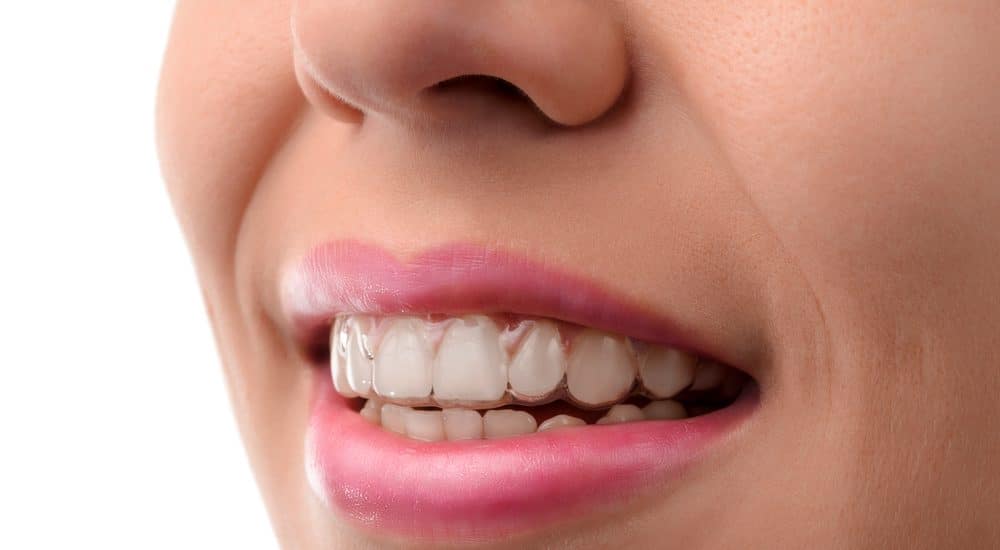Braces vs. Invisalign
- August 12, 2021
- Posted by: Dr. Alan Wong
- Categories: Braces, Orthodontics

Having a smile with perfectly aligned and healthy teeth goes a long way when it comes to making a first impression. The two leading orthodontic options to help with this are traditional braces and Invisalign. Between the two solutions, you might have questions about which is best. When it comes to braces or Invisalign, here is what you need to know.
Braces vs. Invisalign
Treatment Duration
In general, you can expect to be wearing braces for a longer time compared to Invisalign. An average treatment for braces will last between one to three years, depending on the individual. As for Invisalign, it can be between six months to two years.
Aesthetics
Your smile is an obvious outward expression that people notice straight away. Anyone using braces or Invisalign likely wants to improve their appearance. On this front, Invisalign definitely trumps braces. Invisalign is essentially invisible to the eye, since it is made of a clear plastic material and looks discreet. Braces have a metal composition and their bands are hard to miss.
Pricing
Both treatments are not going to be cheap, even if braces have been around for a long time compared to Invisalign. Traditional braces can be more affordable, but will still cost between $2500 to $8000. As for Invisalign, the number of trays required for your treatment will determine the price. You can expect to pay between $3500 to $8000 on average.
Comfort
Comfort is an integral consideration for something that you will be wearing for an extended period. That said, aligning and straightening your teeth is not an easy or particularly comfortable process. However, Invisalign is usually more comfortable.
Invisalign applies less pressure on your teeth in general. While braces also effectively align your teeth, there is also the danger of cuts to the inner lip, tongue. It is also more dangerous for those who play sports.
Convenience
The two options differ in terms of their impact on your daily life. If you are using braces, you do not have to worry about removing them daily. However, you do have to look out for what you can and cannot eat.
As for Invisalign, remembering to remove them before consuming certain foods can be a hassle for some. Worse, you might even lose them if you are not careful. Invisalign users need to be more aware, and there is also the caveat of finding the right opportunity to remove them in social settings.
The care and cleaning involved also vary. With braces, you will be able to brush and floss normally, but you will probably need to utilize a smaller brush if food gets stuck in between the metal pieces.
For those using Invisalign, brushing and flossing require the removal of your trays. However, the trays themselves need to be cleaned every time you eat, and that can involve special cleaning solutions or rinsing. If you do not want bacteria to build up, it is critical to give your trays a proper clean.
Effectiveness
At the end of the day, you are undergoing treatment to see results. On that front, braces are dependable in the sense that they cannot be removed. You will be wearing them every day until your teeth are straightened out.
Invisalign is just as effective, but it’s dependent on users adhering to the recommended hours. In addition, there is always the chance of losing or forgetting your trays, which may cause your teeth to shift in undesirable directions. There are also certain cases where Invisalign is not able to help sort out or straighten, such as rotated and overlapping teeth.
In Summary
Ultimately, it is important for you to make an educated decision between both options. Aligning your teeth and improving your smile is not a decision you can make hastily. If you require more information or advice about which suits you best, don’t hesitate to consult us.

Dr. Alan Wong is a dedicated orthodontist who loves helping his patients achieve healthy, beautiful smiles. He is committed to providing gentle, effective care in a patient-centered environment. Dr. Wong is also a strong believer in continuing education, so he can provide his patients with the latest and greatest treatment options.
